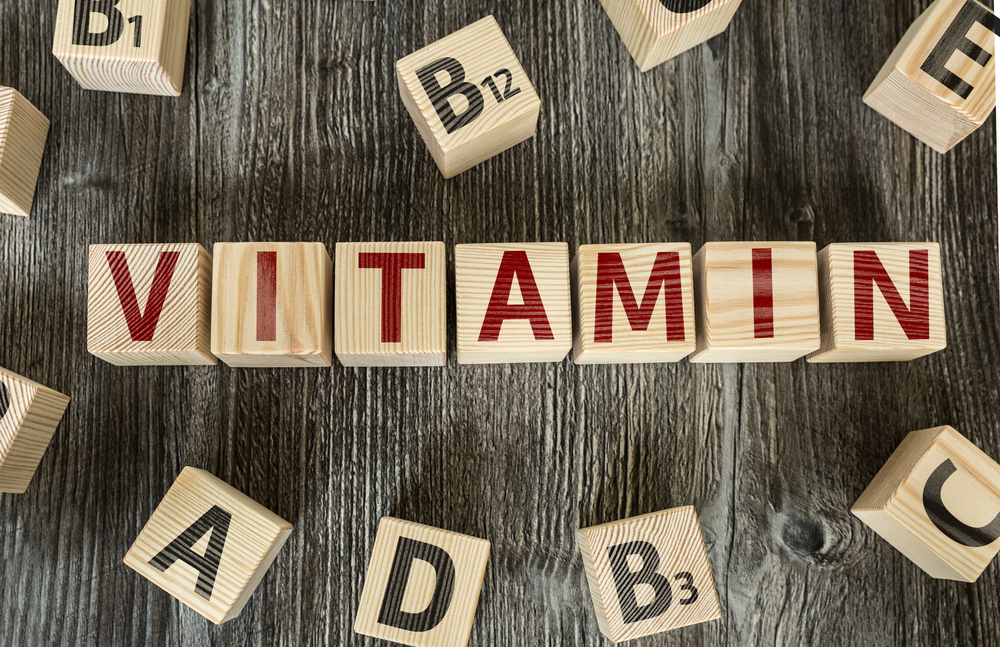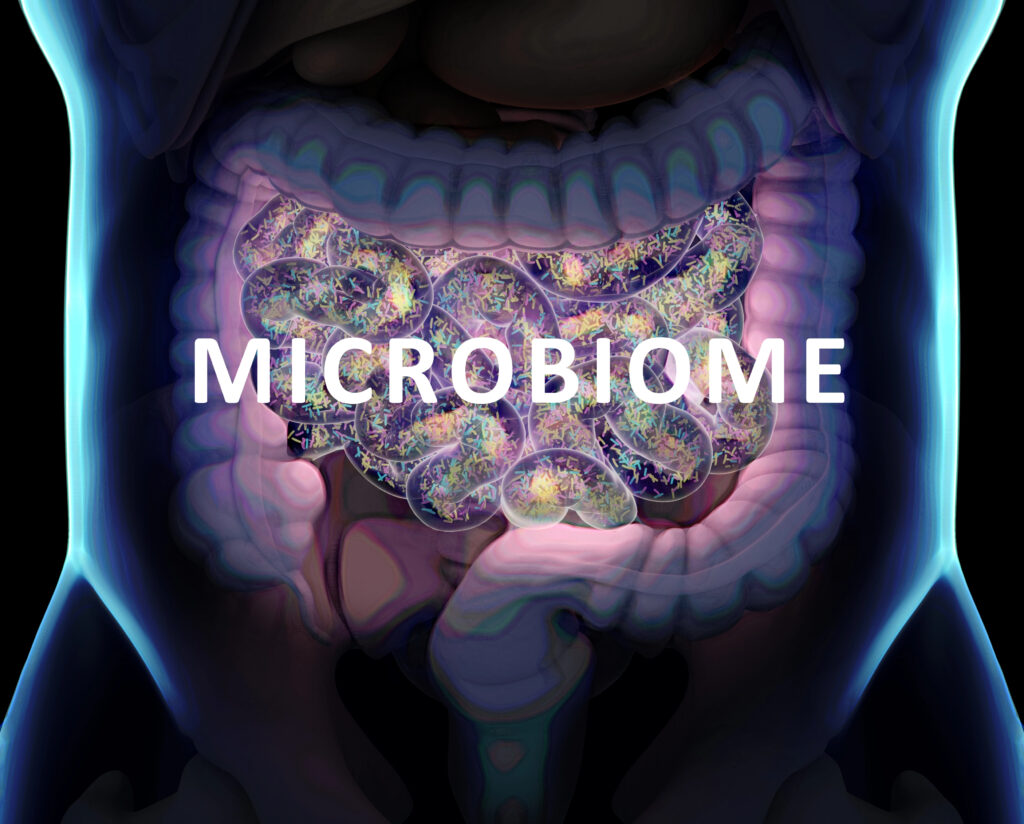GLP-1 Drugs – What are They?
GLP-1 is a signaling hormone that can slow stomach emptying, increase satiety, trigger insulin release, and block glucagon secretion. GLP-1 drugs (glucagon-like peptide) like Ozempic, Mounjaro, Wegovy and others are very popular right now. The metabolic benefits of these drugs are undeniable, and they may have positive effects on the liver, cardiovascular system, kidneys, and brain. They turn off the “food noise”, signaling that the body is full. Studies have shown that individuals taking these drugs have less cravings for sugar, excess fat, and other unhealthy foods. While these medications have clear benefits, they also pose risks and are not appropriate for some people.
Since GLP-1 medications delay gastric emptying, side effects may include nausea, diarrhea, stomach pains, and constipation. More serious side effects include gallstones, pancreatitis, and frozen bowel. Those with existing gastrointestinal issues that affect motility, like SIBO or constipation-dominant IBS, may do poorly on these medications.
Another concern with GLP-1s is a loss of muscle mass rather than fat mass. One must take great care to preserve muscle mass while on these meds. Preservation of muscle mass is thought to be one of the greatest indicators of healthy aging.
Lastly, there is a high chance of regaining weight you have lost after discontinuing these medications. The current medical remedy for this is to stay on the medications for life, which sounds like a great idea for the pharmaceutical industry and not a great idea for you. We are beginning to see studies that address the maintenance of weight loss once the drug has been discontinued. Those who make permanent lifestyle changes that include a healthy diet, good stress management, and exercise have shown maintenance of weight loss of up to 12 months. Longer periods still need to be studied.
The good news is that there are supplements that can stimulate GLP-1 activity in the body. While the supplements have a milder effect than the drug, they are an excellent choice for those who:
- Do not want to go on the drug
- Discontinued the drug due to side effects
- Want to buffer the side effects of the drug
Nutrients that Stimulate GLP-1 Production
Probiotic Species:
- Akkermansia Mucinophilia generates propionate, a short chain fatty acid, and a protein called P9, both of which induce GLP-1 production
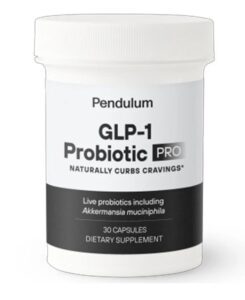
- Clostridium butyricum produces butyrate, which stimulates GLP-1
- Bifidobacterium infantis Produces acetate and lactate, which feed the two strains mentioned above, naturally boosting GLP-1 production
- Bifidobacterium longum increases short chain fatty acids and normalizes leptin, the “satiety” hormone
- Lactobacillus plantarum increases short chain fatty acids, normalizes leptin, and decreases inflammation
Berberine:
Like GLP-1 medications, Berberine has a multitude of metabolic benefits. It helps to regulate blood sugar, promotes insulin function, improves lipid profiles, and reduces inflammation. Berberine is also used in SIBO to fight bacterial overgrowth, so can be helpful for those who cannot take GLP-1s because they suffer from this condition. It reduces pathogenic bacteria, increases short chain fatty acids, and decreases inflammation. Taking berberine can increase Akkermansia & Firmicutes bacteria while decreasing proteobacteria, which causes a lot of gas and bloating.
Fiber:
I love to say that fiber is the unsung hero of health. It has a multitude of metabolic benefits. It slows the release of glucose into the blood, thus promoting healthy blood sugar levels. It supports healthy cholesterol levels. It maintains regularity and provides a medium upon which the good gut bacteria grows. Lastly, it provides a sense of fullness if taken 20 minutes before a meal.
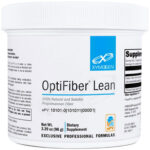
Some great options are Prebiotic Fiber 35 by Vital Planet, OptiFiber Lean by Xymogen, and Whole Food Fiber by Standard Process (in-store only).
Glutamine:
Glutamine stimulates GLP-1 more than any other amino acid. It is also well known for its ability to help heal the lining of the gut, which is often compromised when gut problems are present.
Buffering Side Effects of GLP-1 Drugs
Motility:
Fiber tones the bowel, supports bowel motility, and has all the benefits noted above. Taking soluble fiber is crucial to managing the GI side effects of GLP-1s. Do not wait until you are constipated to start taking fiber—it may backfire in this case. Make it part of your regimen from the get-go. Marshmallow root or leaf tea has a demulcent quality and can help stool move through the system, so if you are experiencing constipation you can try this. Magnesium can also relax the bowel and help if you are constipated.
Muscle Preservation:
Since GLP-1s can cause a decrease in muscle mass, adequate levels of protein are crucial. You should shoot for a minimum of ½ gram of protein for every lb of body weight. Since your appetite may be decreased while on GLP-1s, consider an amino acid powder as a convenient and non-filling way to increase your “protein” intake. Like complete protein, it will contain all the essential amino acids.
Other nutrients that can help you build muscle are collagen peptides, HMB, branched chain amino acids, and creatine.
- Collagen is a major component of muscle, so taking it can help to maintain muscle. It has higher concentrations of both arginine and glycine, which are some of the building blocks of creatine.
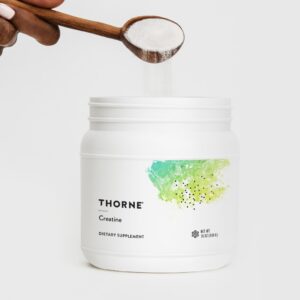
- HMB (hydroxymethylbutyrate) is a breakdown product of the amino acid leucine. It may help prevent the muscle breakdown that occurs with exercise. In addition, it signals muscle protein synthesis.
- The branched chain amino acids leucine, isoleucine, and valine stimulate muscle protein synthesis. It takes other amino acids to build muscle as well, so best to take them as part of a complete protein powder that concentrates them, or an amino acid formula that concentrates them.
- Creatine provides energy to the muscles and helps with muscle recovery. For this reason, it can be taken either before a workout to enhance energy production in the muscles, or after to prevent muscle breakdown.
Keep in mind that none of the above will work in isolation. Exercise is crucial to the building and maintenance of muscle, so should be done in conjunction with taking any of the supplements listed above.
Occasional Gastric Upset:
GLP-1s can cause stomach upset due to the slowing of motility in the gut. It may present as nausea, cramping, or even vomiting. Issues may pop up temporarily when you first go on the medication, or when you are increasing the dose. Mild issues can be remedied with teas that contain digestive herbs such as ginger, cinnamon, cardamom, fennel, and chamomile.
Please note that you should contact your doctor if symptoms persist as more serious side effects such as gallstones, pancreatitis, and frozen bowel can occur in a small number of cases.
Multivitamin Support:
Those on GLP-1s may find that they have little appetite and thus consume far fewer calories. A multivitamin is important to maintaining a base level of nutrition, ensuring that all other body processes can continue in their normal way. You want to make sure you have nutrients that support proper thyroid hormone production, detoxification support, cardiovascular and bone health, and more.
Whether you go on a GLP-1 or not is up to you and your doctor. But there are important ways to improve your metabolic function without taking a GLP-1, and there are ways to buffer their side effects if you choose to take one. The most important way to maintain a healthy body is to change your diet and lifestyle. I believe that we will find a way to discontinue GLP-1s while maintaining weight loss. Supplements that stimulate GLP-1 will be a big part of this.
Like any medication, the decision is a risk/benefit one. And while some individuals may be perfect candidates for these medications, they are not a panacea. Staying on a drug for a lifetime is likely to benefit the pharmaceutical industry more than it will benefit you.
If you are looking for personalized GLP-1 support, you can book an appointment with me HERE


